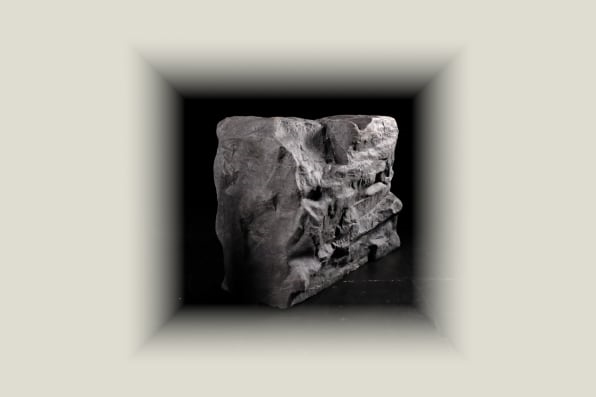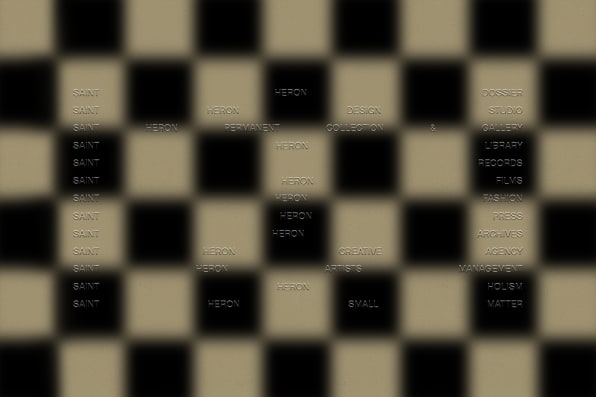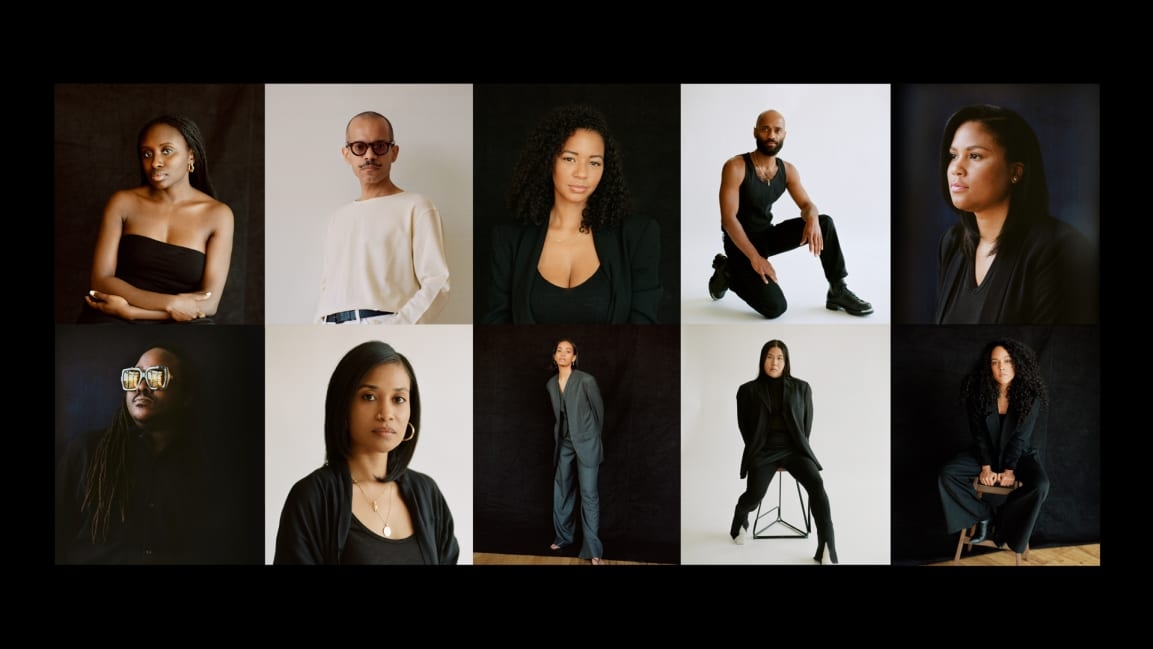Solange is on an ‘urgent’ mission to preserve the work of Black and Brown artists
When Solange Knowles launched Saint Heron in 2013, her vision was simple: to create a music and cultural hub amplifying Black artists. While she’s certainly stayed the course in that regard, Solange also realized what she was building could have an even broader impact for the Black community.
Over the years, Saint Heron has infiltrated art, education, and corporate institutions through collaborations with the Metropolitan Museum of Art, Ikea, Google, Parsons School of Fashion, Nike, and more. The company also launched its curated online boutique and gallery Small Matter in 2018.

Now Solange is widening Saint Heron’s scope even further to firmly establish it as an institution in its own right as a multidisciplinary platform, studio, and creative agency: Saint Heron recently announced an expansion into preserving and collecting stories, works, and archives from vital voices within Black and Brown communities through a digital dossier.
“Our vision is to build a space that engages radical conceptual imaginings across all facets and mediums of creation,” Solange says. “We feel an urgency in building and preserving collections and archives of our own artists’ stories and works and having a voice in what we deem worthy of preservation.”

The Saint Heron Dossier will feature retrospectives of family and artist lineages, the first being the story of Saint Heron as told by Solange. Each dossier will exist on Saint Heron’s site one at a time for 7 to 10 days as a means to ensure viewers are fully immersed in the experience. The dossier will occasionally reopen in Saint Heron’s archives, but when they launch, Solange’s aim is to “to encourage a disinclination to fast consumption and clicks,” she says. “There should be a place where true stories of our past and present are thoughtfully told in expansive detail without the interference of outside perceptions.”

Other dossier will explore the works of visual artist and bestselling novelist Barbara Chase-Riboud, painter and performance artist Cassi Namoda, choreographer Okwui Okpokwasili, singer-songwriter duo Womack & Womack, and record producer and composer Charles Stepney, among others. Their lives and work will be contextualized through interviews with family members or other notable luminaries in their field, as well as archival images and videos.
“Radical authenticity is a theme for our inaugural season,” Solange says. “The artists and collaborators were selected based on the feelings of identity and self-perception evoked in their work. But we were equally connected to finding archives, objects, and stories of unconventional, radical Black families.”
In addition to the dossier, Saint Heron will also host gallery exhibitions and installations; a permanent art and design collection; a non-profit library with free access to Saint Heron’s archived collection; music projects from Solange’s label Saint Records; experimental art film releases; brand collaborations; and a residency specifically for artists working in ceramics.
“We want to honor this practice of ceramic artistry as a way to expand and preserve our connection to the African-originating practice of making, molding, and forming permanent vessels from mud and clay,” Solange says.
For Solange, Saint Heron’s evolution is a means to create “an institution that’s really less about nowness, but more focused on longevity and creating a significant impact for future generations,” she says. “We want to make sure our great-grandchildren have access to the collections and stories that represent who they are, and find that in an institution built for them. We are dedicated to becoming the historians of our own stories.”
(38)



